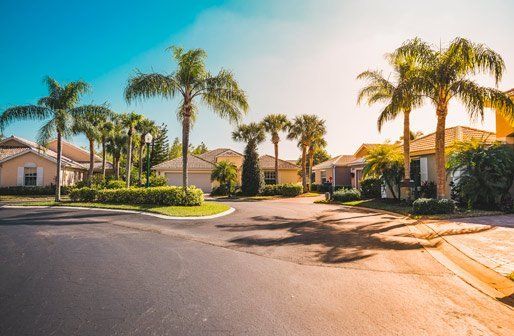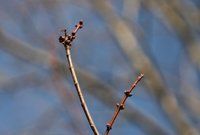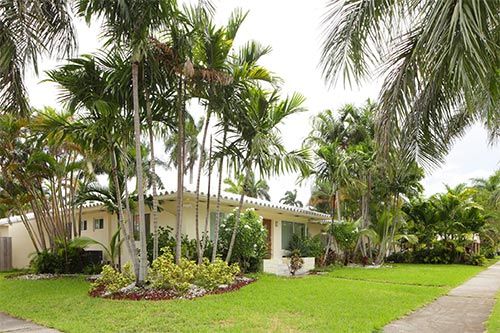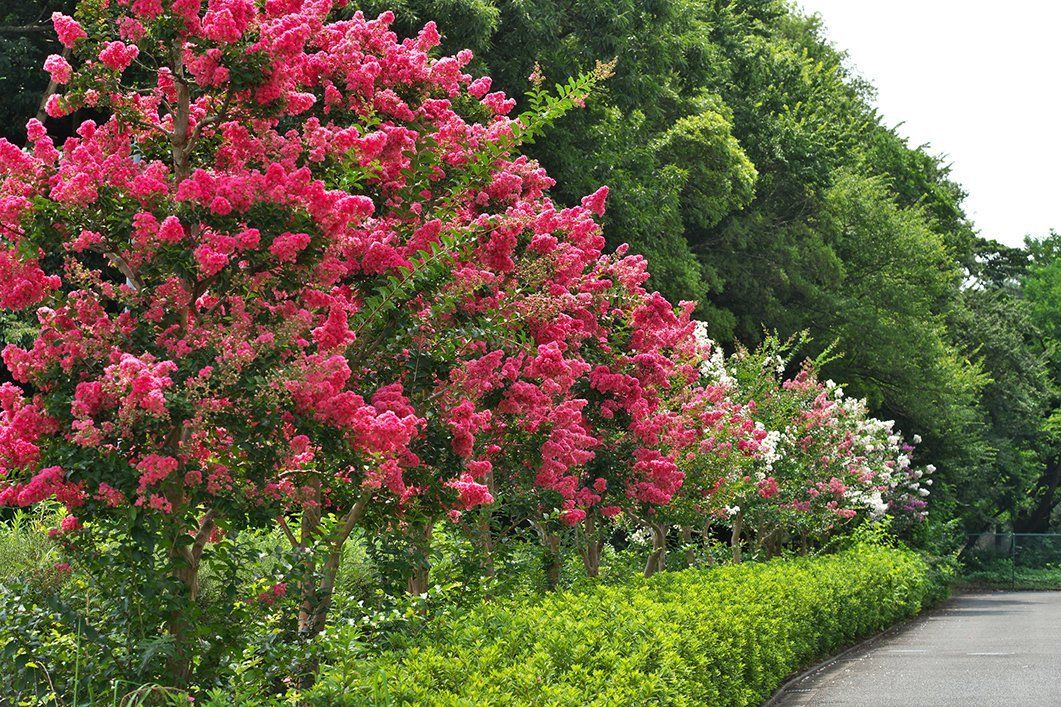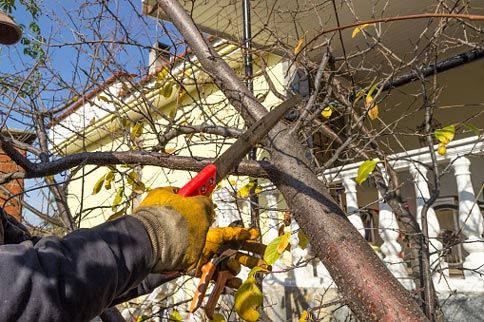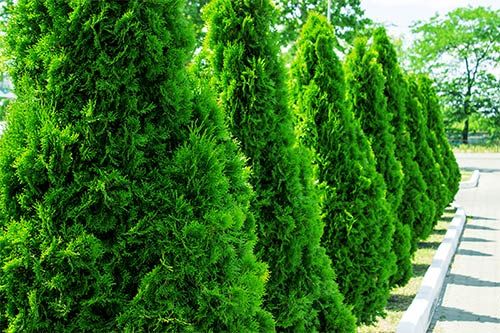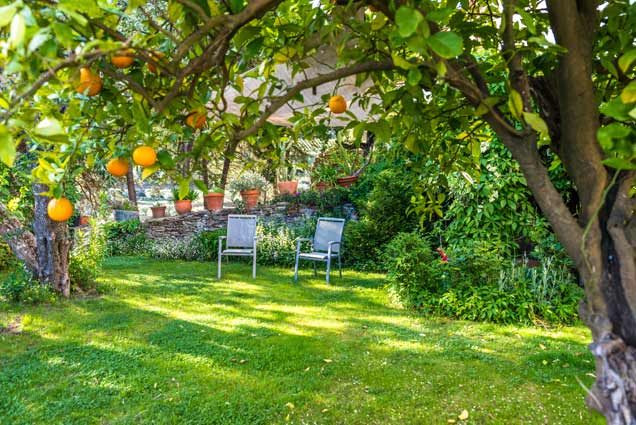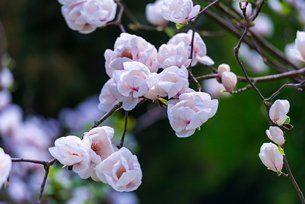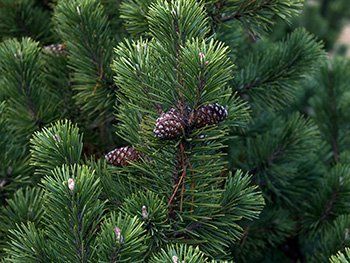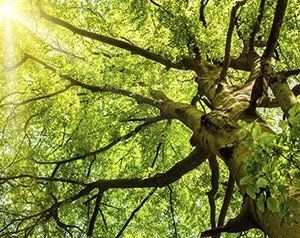1. Areca Palm
If you're looking for a medium-sized palm tree to plant in a partially shaded area, the areca palm is the perfect choice. With a mature height of about 20 feet, these trees work well for creating privacy barriers.
They have smooth trunks, and their fronds droop down to form an attractive, arch-shaped canopy at the top of the tree. In the summer, the trees develop yellow flowers that later develop into inedible yellow-orange fruits.
Areca palms require a lot of watering, and they are susceptible to spider mites, but spraying the tree with soapy water often keeps the mites at bay.
2. Silver Bismarck Palm
The Silver Bismarck palm matures to about 60 feet tall in cultivation. It has a thick trunk and wide, upright, fan-like fronds. Although the Bismarck palm is native to Madagascar, it is commonly cultivated in Florida and favored for its resilience. A bout of cold weather may damage the trees, but they recover quickly.
Bismarck palms look lovely as a focal point in your garden landscape. They grow quickly, and they'll adapt to almost any soil type, although they do require good drainage to prevent root rot.
3. Bottle Palm
If you have drier soil and are looking for a smaller palm tree, the bottle palm is a smart choice. This variety grows to a maximum height of 10 feet. Its trunk is bottle-shaped — wider at the base than at the top — and its leaflets spill gently over the top of the tree.
Bottle palms prefer full sunlight and well-drained soil. You may need to supplement your soil with potassium to ensure optimal growth. Once established, the tree will tolerate periods of drought and should not require regular watering.
4. Chinese Fan Palm
Also known as the Chinese fountain palm, this palm variety grows to about 30 feet tall and 10 feet wide. It has a gray-brown, ringed trunk and fan-shaped leaves that droop downward from the tree's top. Chinese fan palms produce creamy yellow flowers followed by small, oval-shaped fruits that turn blue-gray when ripe.
This palm variety prefers moist, but well-drained soil. It can thrive in either full or partial sunlight. Since it will also survive a cold spell, the Chinese fan palm is a good choice for planting out in the open, away from the shelter of other trees and buildings.
5. Parlor Palm
If you are short on space but really want to grow a palm tree, the parlor palm is a perfect choice. Sometimes called the table top palm or neanthe palm, it only grows to 5 to 10 feet in height. Some people even grow parlor palms indoors in pots. They have thin trunks that are more like sturdy stems, and their fronds are dark green and leaf-like.
The parlor palm grows slowly and is a low-maintenance choice for garden beds and for planting alongside buildings. It prefers moist, well-drained soil and a shaded site.
If you choose the right palm tree variety for your needs, you'll come to enjoy endless beauty with little maintenance. Contact Big Ben's Tree Service for help trimming and otherwise caring for your palm trees.
